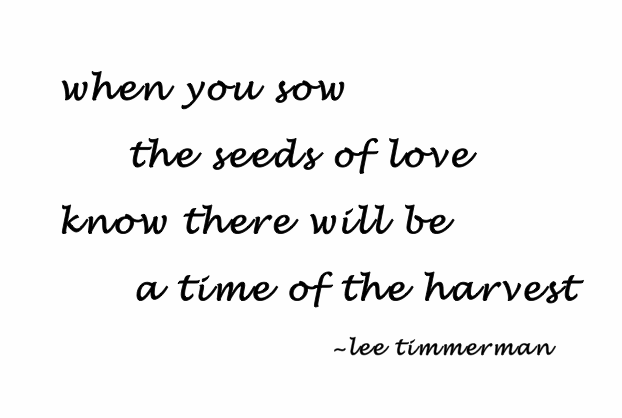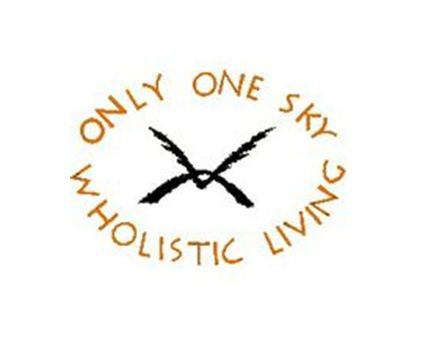Choice and Free Will are moment-to-moment things
We choose what we focus on. We choose what we are aware of or experience. We must realize that these choices are our Free Will, and occur with every thought and feeling. Every thought and feeling is a result of what we are choosing to be consciously aware of.
I’ve had mystical experiences throughout my life, and I have had worldly experiences throughout my life. There were times of dichotomy. I would be seeing and experiencing the material world with the senses, body, and mind. Then I would have an experience with my higher nature, with the Holy Ones, or God, and I get a different reality. There was a dichotomy between the higher and lower nature, which I could not bridge. I could have tremendous devotion to try to get to my higher Divine nature, and experience that. I could have discernment and discrimination with my lower nature to minimize the pain, but still felt I had a dichotomy, until I got the meditation techniques. The meditation techniques were the bridge that helped me integrate “Let Thy will be done on earth as it is in heaven.” The Sacred sciences of meditation allowed me to begin to see that Shiva and Shakti are ever in union rather than two opposite ends of the pole.
Swami Rama once said that we are already gods, but we must strive to become human beings. The process of integration is what Swami Rama was referring to when he said that most devotees are trying to have the experience of their God-like nature, to realize that they are like God, but they must accept that they are already infinite and eternal, and must also learn how to be human. They must learn how to let their Divine nature come through to be expressed while here as human beings. To do this, we must first and foremost be aware of our Divine nature. We must feel and experience that nature of Satyam, Shivam and Sundaram.
Most people will have the experience of falling in love. They will experience the infatuation, love, and intoxication when they meet someone. That love that they feel will bubble over at times, and in reality is bubbling over from their nature. They will be temporarily in love with life. We need to learn how to take our Divine nature of Om Satyam and bring it into our human encounters. We need both the inhalation and the exhalation. I found it easy to experience the mystical, though I didn’t always understand it. In my youth, devotion seemingly brought the experiences. When I matured and had a greater understanding, I was able to see that the stillness, calling out in devotion, and all my practices before I arrived on earth had developed this devotion. My mystical experiences were the result of work in the heavens, or my past.
As my understanding grew, I understood that the mystics prepare for their incarnation. They prepare in the heavens before they incarnate, and then when they incarnate, there will be a harvest of that preparation. We can work to become aware of this…of who we are, where we came from, and where we are going. The first time I saw Sri Chitrabhanu, he asked, “Who are you?” I worked on it. The first time I saw Swami Rama, he asked, “Where are you from?” and I worked on that also. I worked on: Who was I, and where was I from, what was my past history, what was my Wholistic nature? As long as I was working on “who am I” wholistically and what was my past tradition, then I was working on a larger vision of my Self, and was not working on my lower ego. In college I worked on the universalness of all of humanity. I tried to understand and see what was universal and similar in all people that I encountered. I studied people, and it was truly a delightful time of learning. I wasn’t caught up in what I wanted or needed for my own ego. As long as I was studying, learning, and growing, there was a joy and inclusiveness to life. Everyone has the same universal qualities, just in different arrangements.


